Medieval
stained glass
Stained glass windows were used in churches to enhance their beauty and to inform the viewer through narrative or symbolism. The subject matter was generally religious in churches, though "portraits" and heraldry were often included, and many narrative scenes give valuable insights into the medieval world.
For much of this period stained glass windows were the major pictorial art form, particularly in northern France, Germany and England, where windows tended to be larger than in southern Europe (in Italy, for example, frescos were more common). In some countries, such as Sweden and England, only a small number of original stained windows has survived to this day.
Stained Glass Demons
of Fairford
of Fairford
Medieval stained glass is the coloured and painted glass of medieval Europe from the 10th century to the 16th century
Stained glass windows were used predominantly in churches, but were also found in wealthy domestic settings and public buildings such as town halls, though surviving examples of secular glass are very rare indeed.
St Andrews Church, Temple Grafton, Warwickshire
King's College Chapel, Cambridge

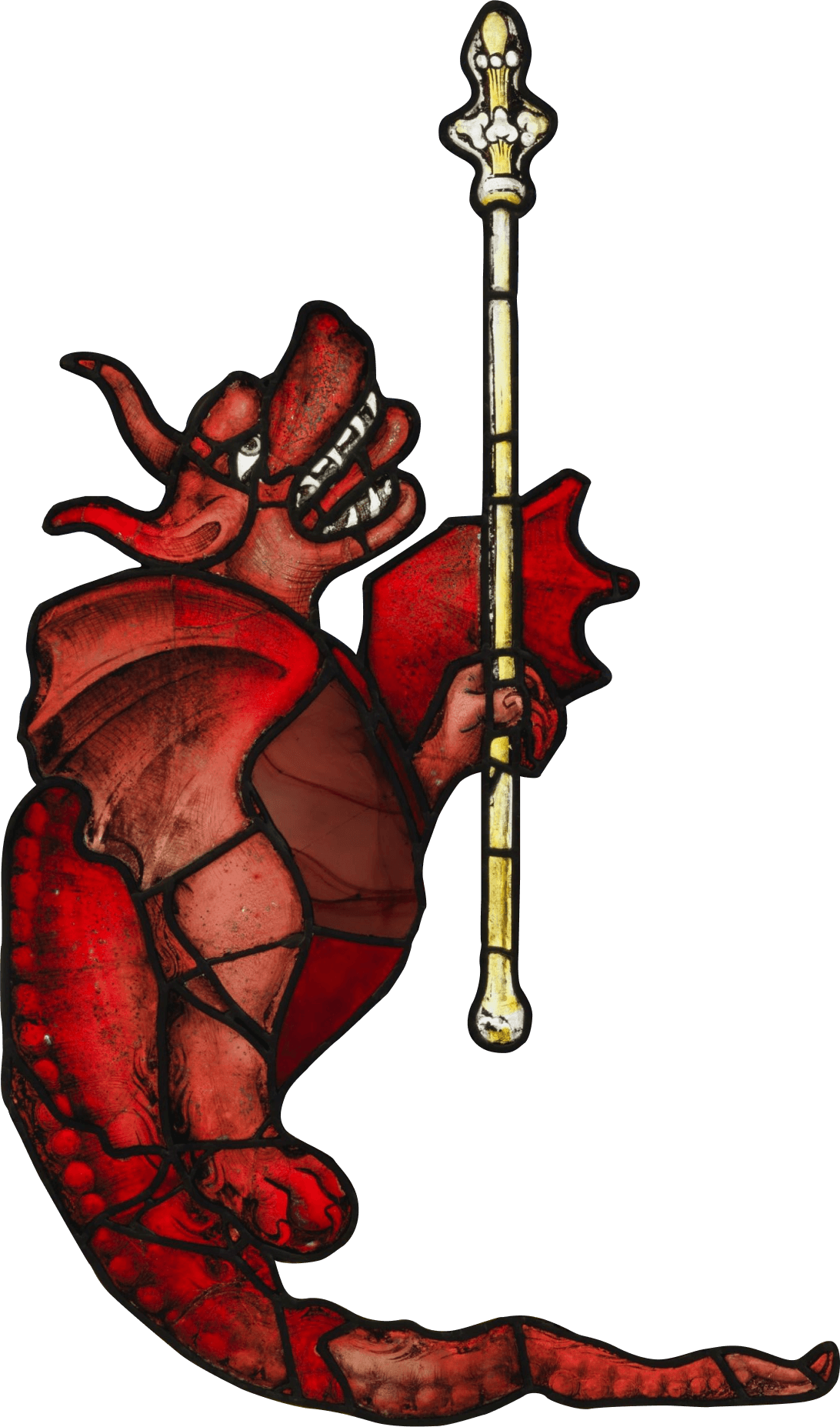
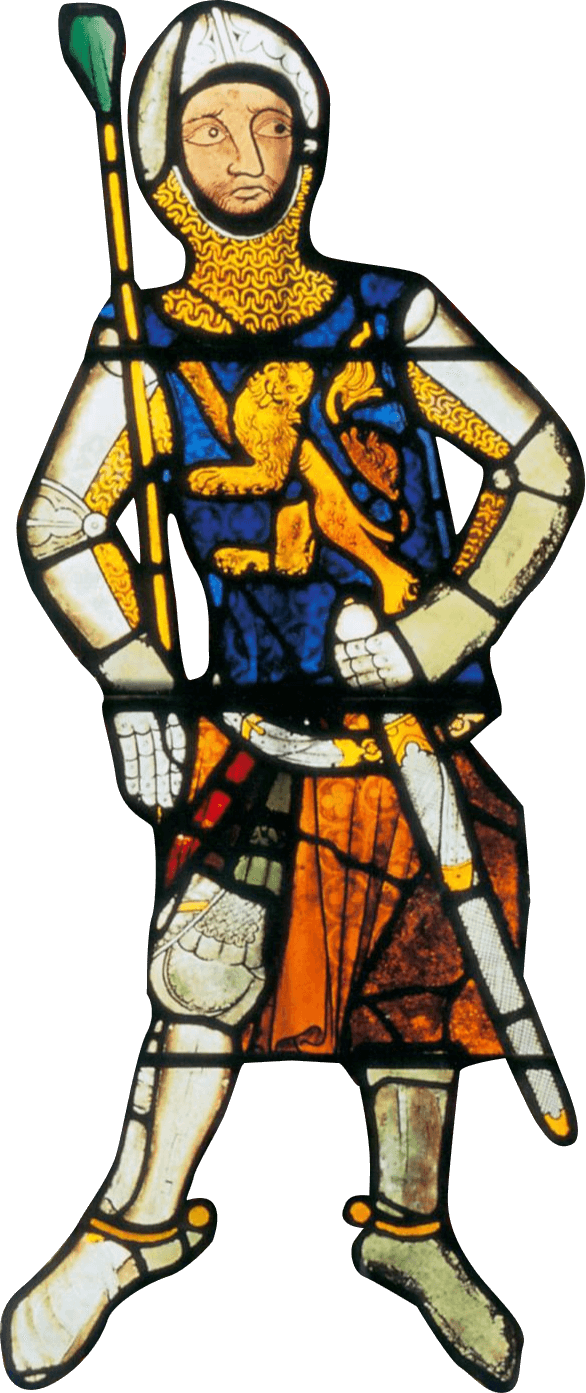

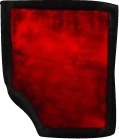
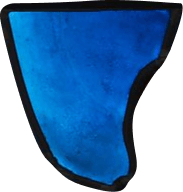
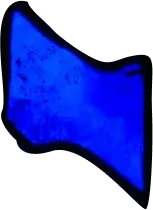


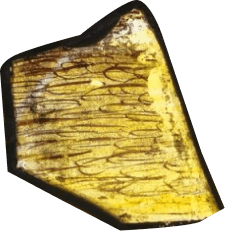
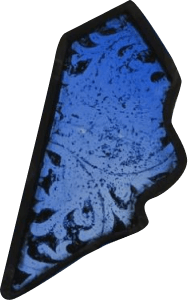



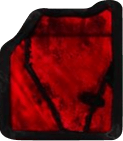
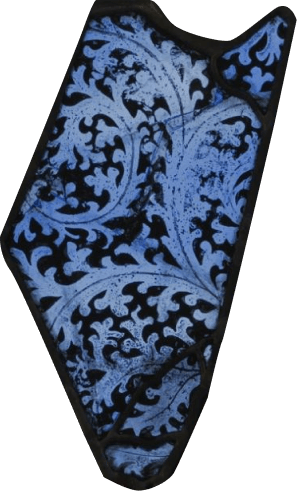


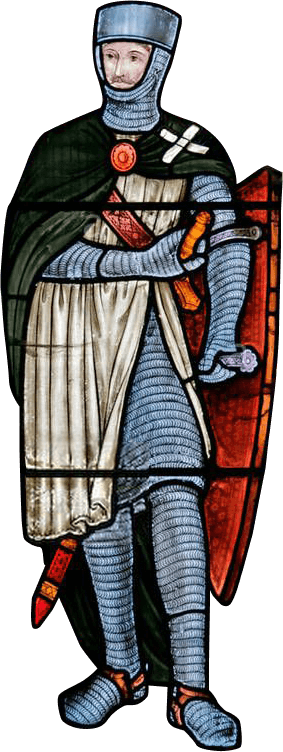


















South Rose Window, Chartres Cathedral
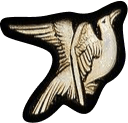

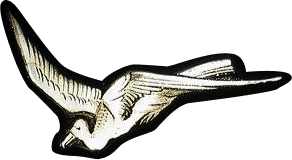

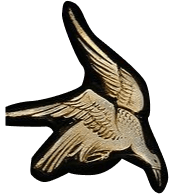

of its creation
in Medieval Times
in Medieval Times
The process
Thanks to written records from people of the time, such as Theophilus, a German monk, we can have an understanding of the process of stained glass creators back then.
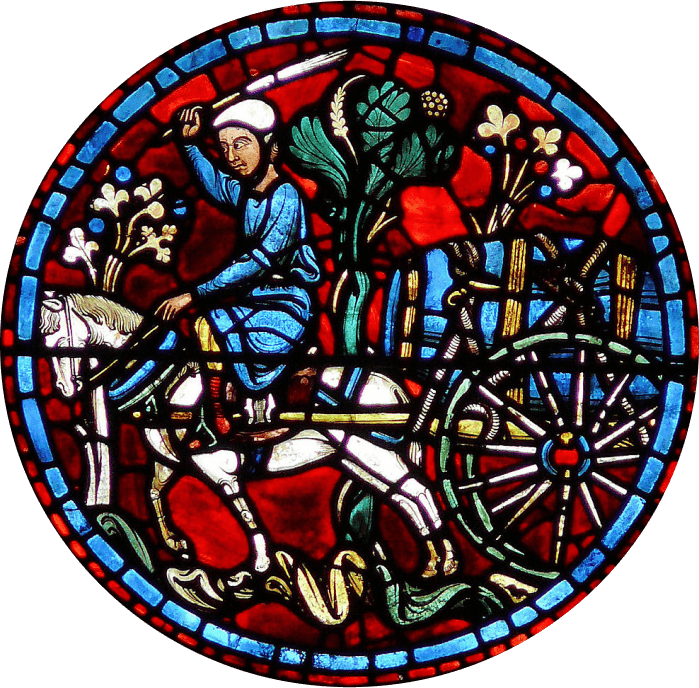
During medieval times, stained glass windows were made from a combination of sand and potash (wood ash). These two ingredients were heated to the point where they’d liquify and become glass when cooled. In order to color the glass, powdered metals were added into the molten (heated) mixture before it cooled.
In order to connect the pieces of stained glass in their patterns as determined by the artist, lead was used along with putty. When put together like pieces of a puzzle, the whole window became stabilized by an iron frame. That’s how stained glass windows were made during The Middle Ages.
Stained glass was a mosaic of different shapes and sizes of glass, first assembled on a drawn piece of board to map out their placements. If there was a need for shadows or outlines, artists would use black paint to add these details to the glass.
































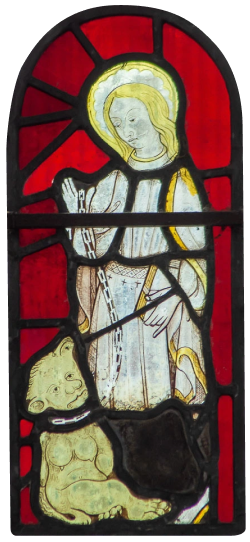
South side
of the Aachener of cathedral, around 1900
of the Aachener of cathedral, around 1900
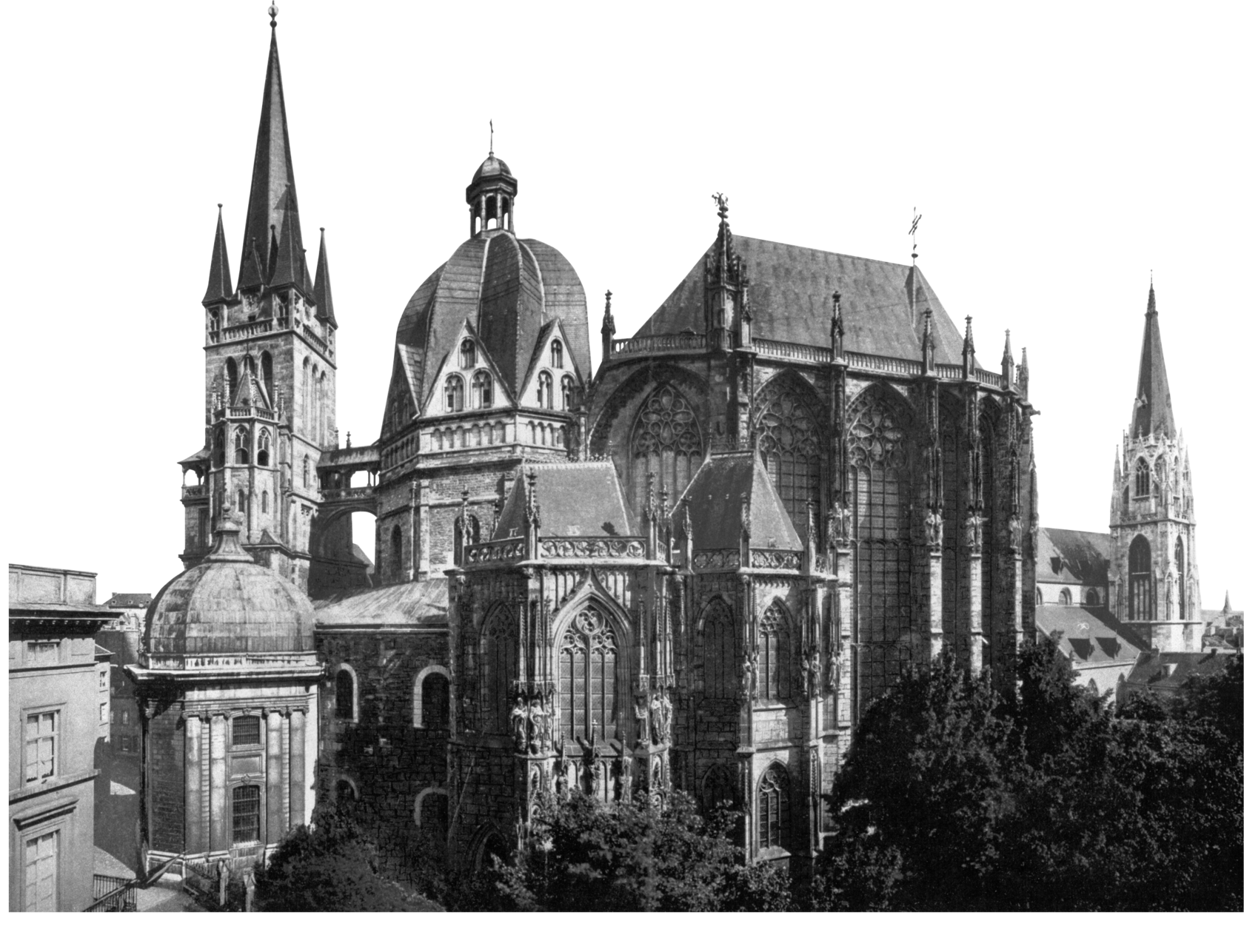
Aachen
Cathedral
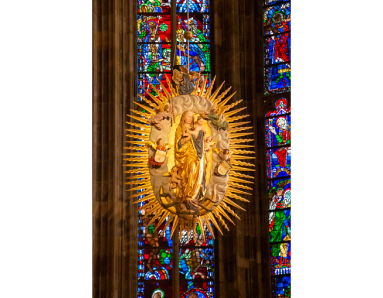
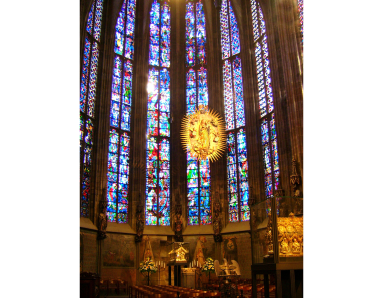
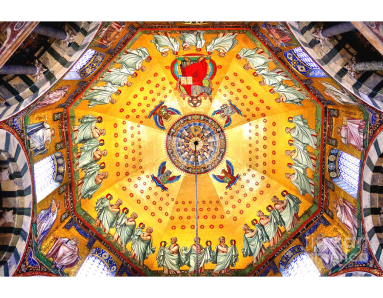
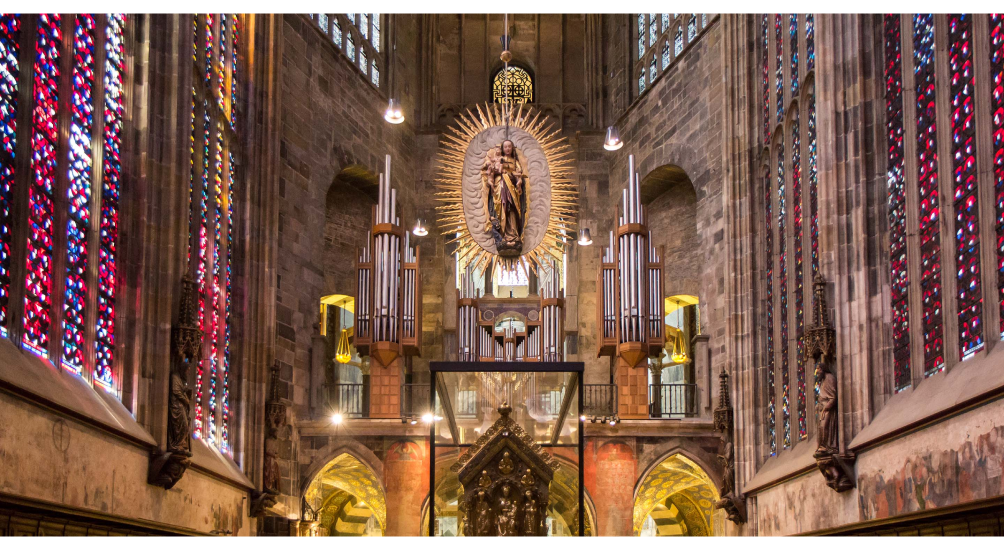
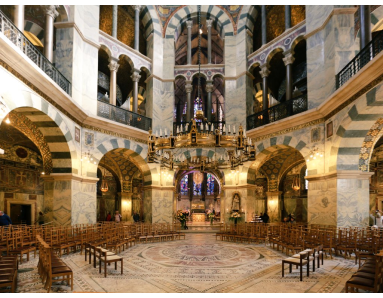
Aachen Cathedral is a Roman Catholic church in Aachen, Germany and the seat of the Roman Catholic Diocese of Aachen.
Aachen Cathedral, frequently referred to as the 'Imperial Cathedral' (in German: Kaiserdom), is a Roman Catholic church in Aachen, Germany. The church is the oldest cathedral in northern Europe and was known as the 'Royal Church of St. Mary at Aachen' during the Middle Ages. For 595 years, from 936 to 1531, the Aachen chapel was the church of coronation for 30 German kings and 12 queens.
Stained glass windows of the Choir
The Barbarossa chandelier
choir of Aachen Cathedral
View of the Octagon
Madonna and child sculpture
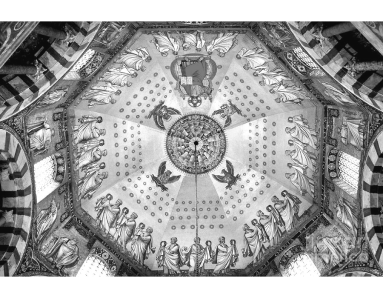


During World War II, Aachen, including its famed cathedral, was heavily damaged by Allied bombing attacks and artillery fire, but the cathedral's basic structure survived.
Many of the cathedral's artistic objects had been removed to secure storage during the war, and some which could not be moved were protected within the church itself. However, the glazing of the 14th-century choir hall, the Neo-Gothic altar, a large part of the cloister, and the Holiness Chapel (Heiligtumskapelle) were irretrievably destroyed. Reconstruction and restoration took place intermittently over more than 30 years, and cost an estimated 40 million euros.
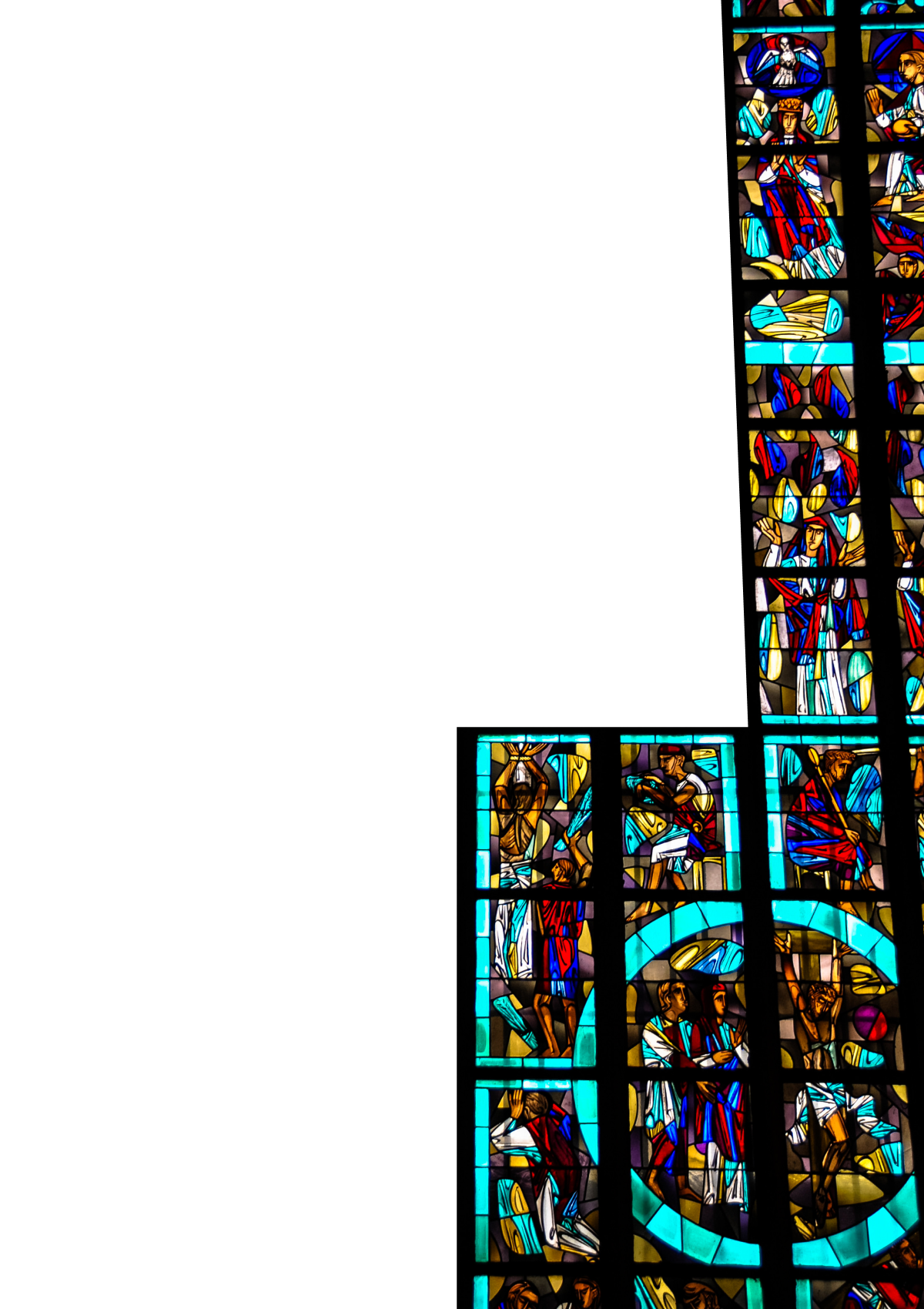
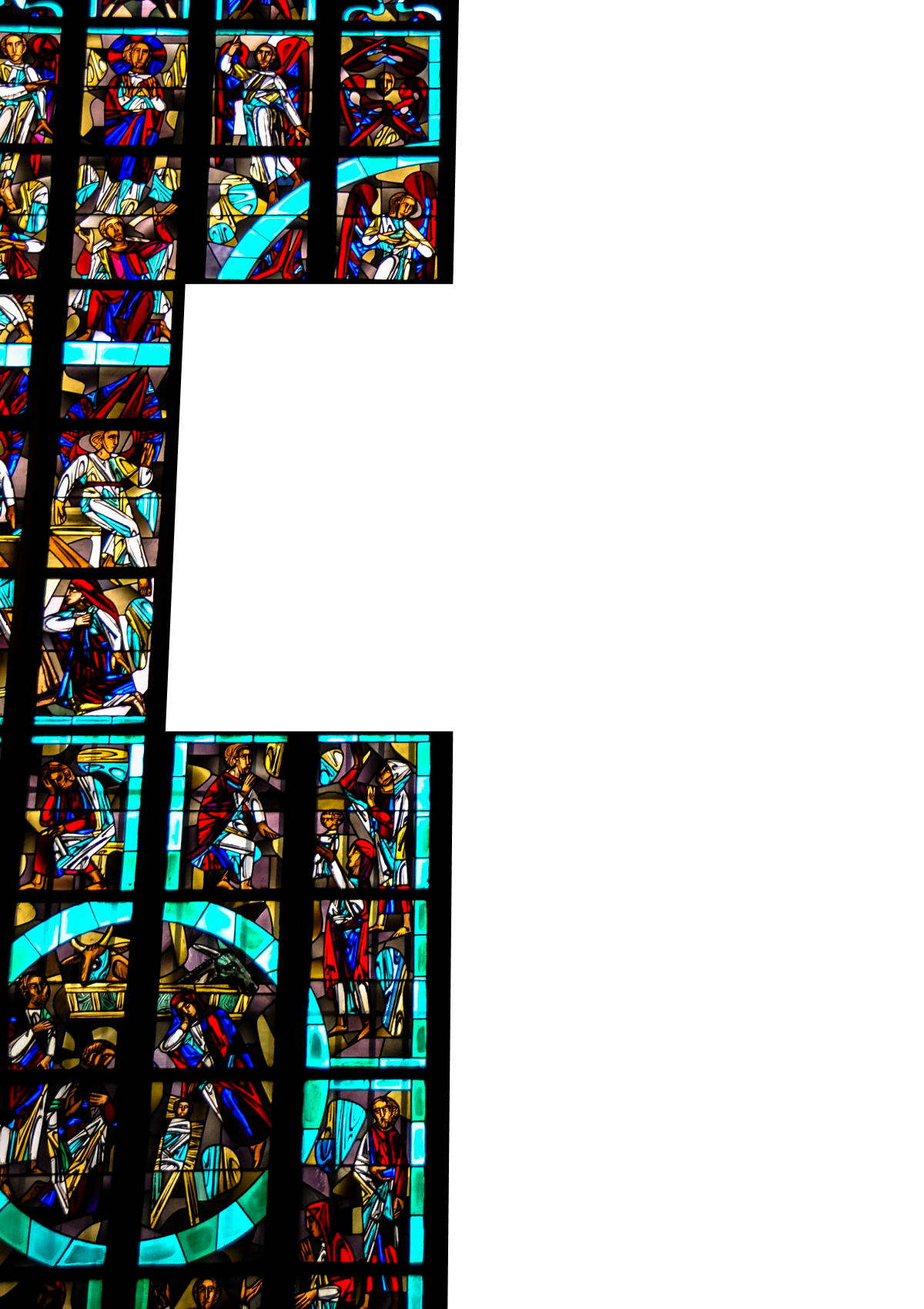
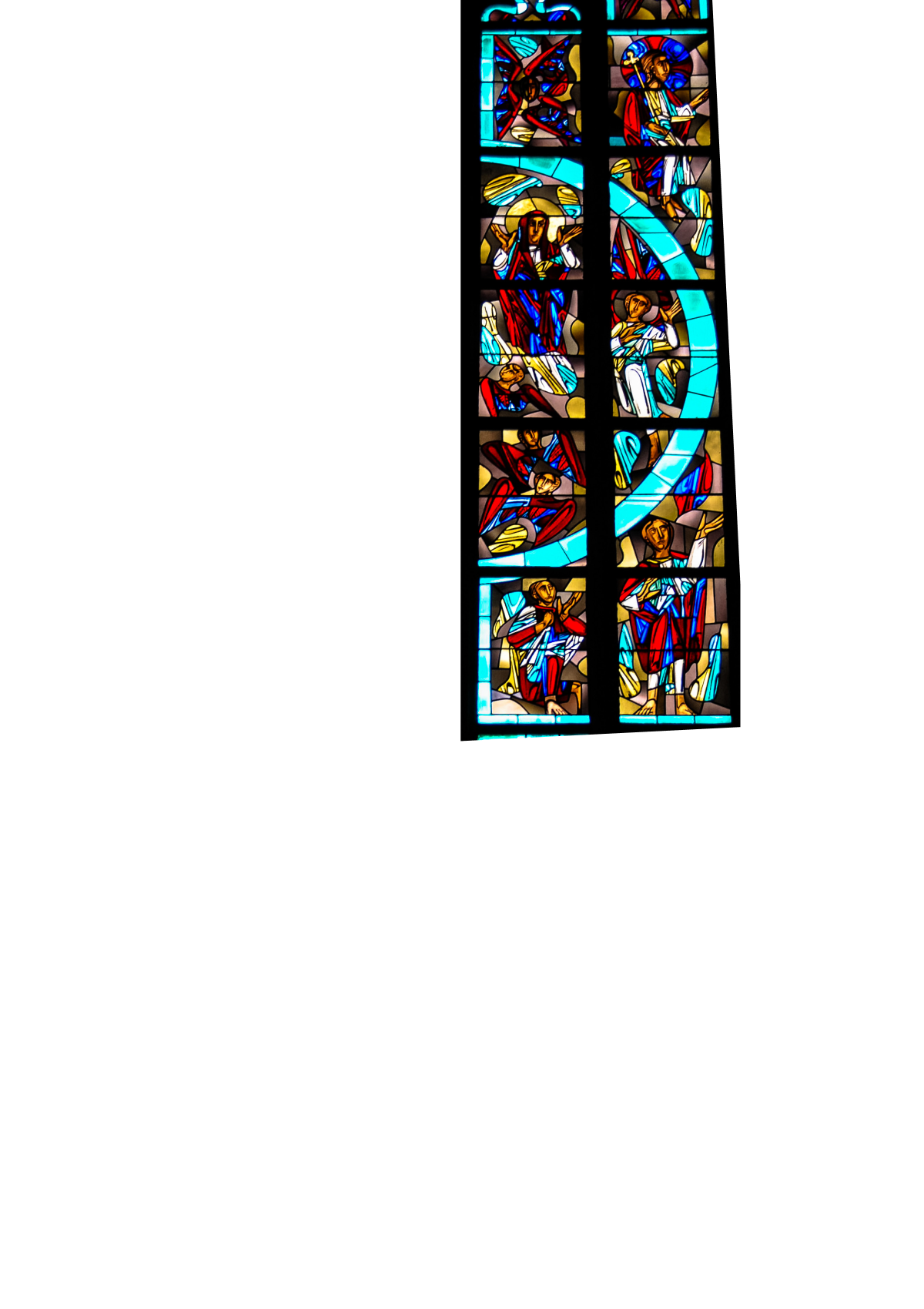
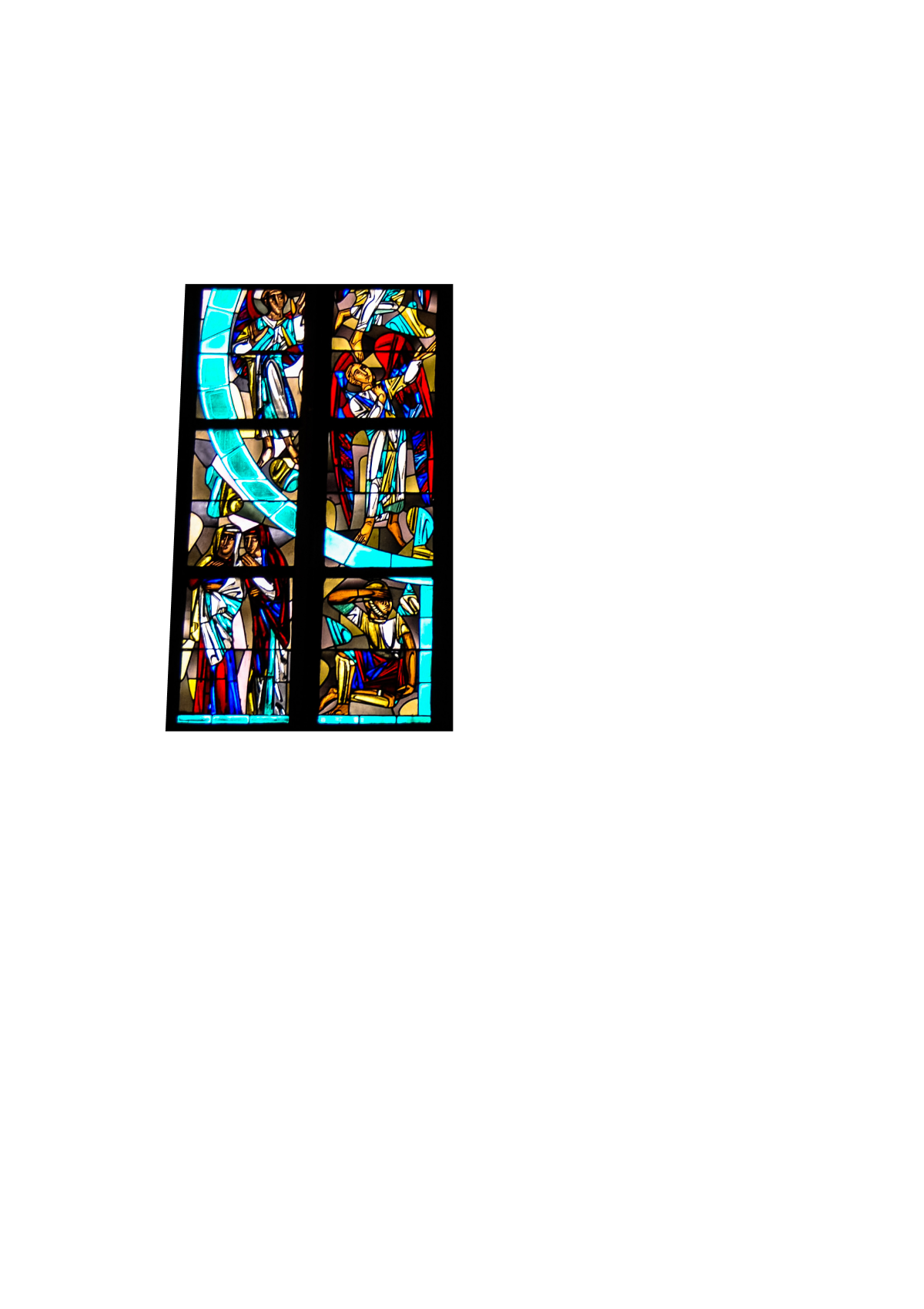
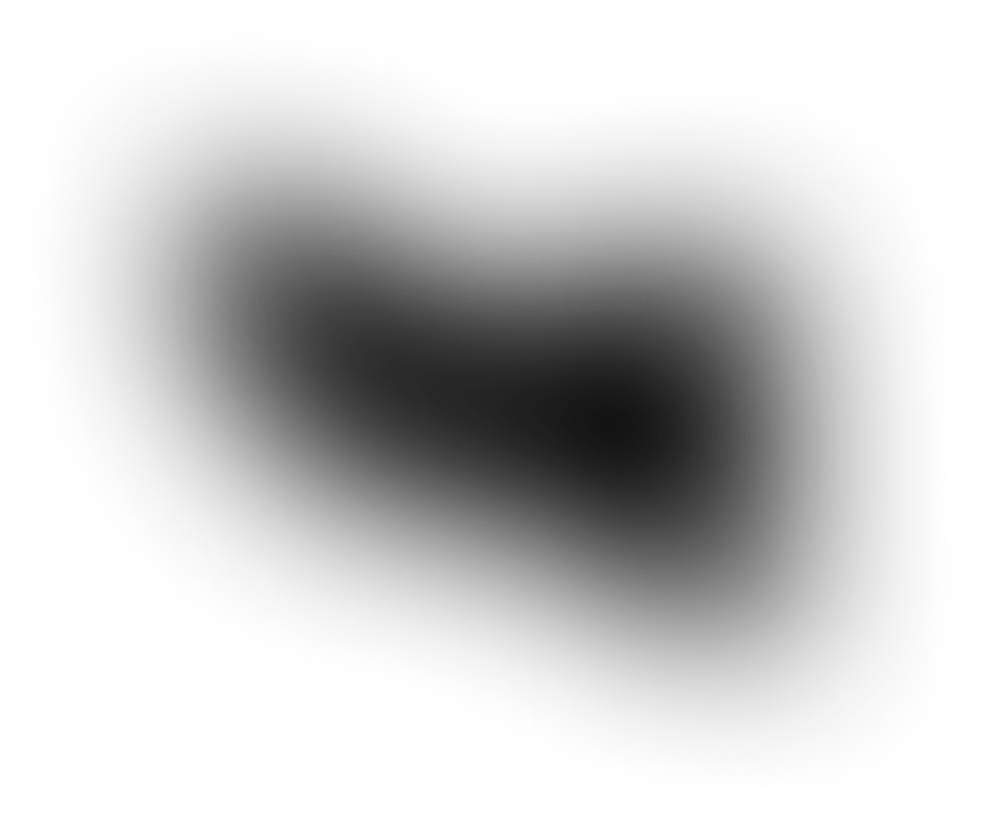
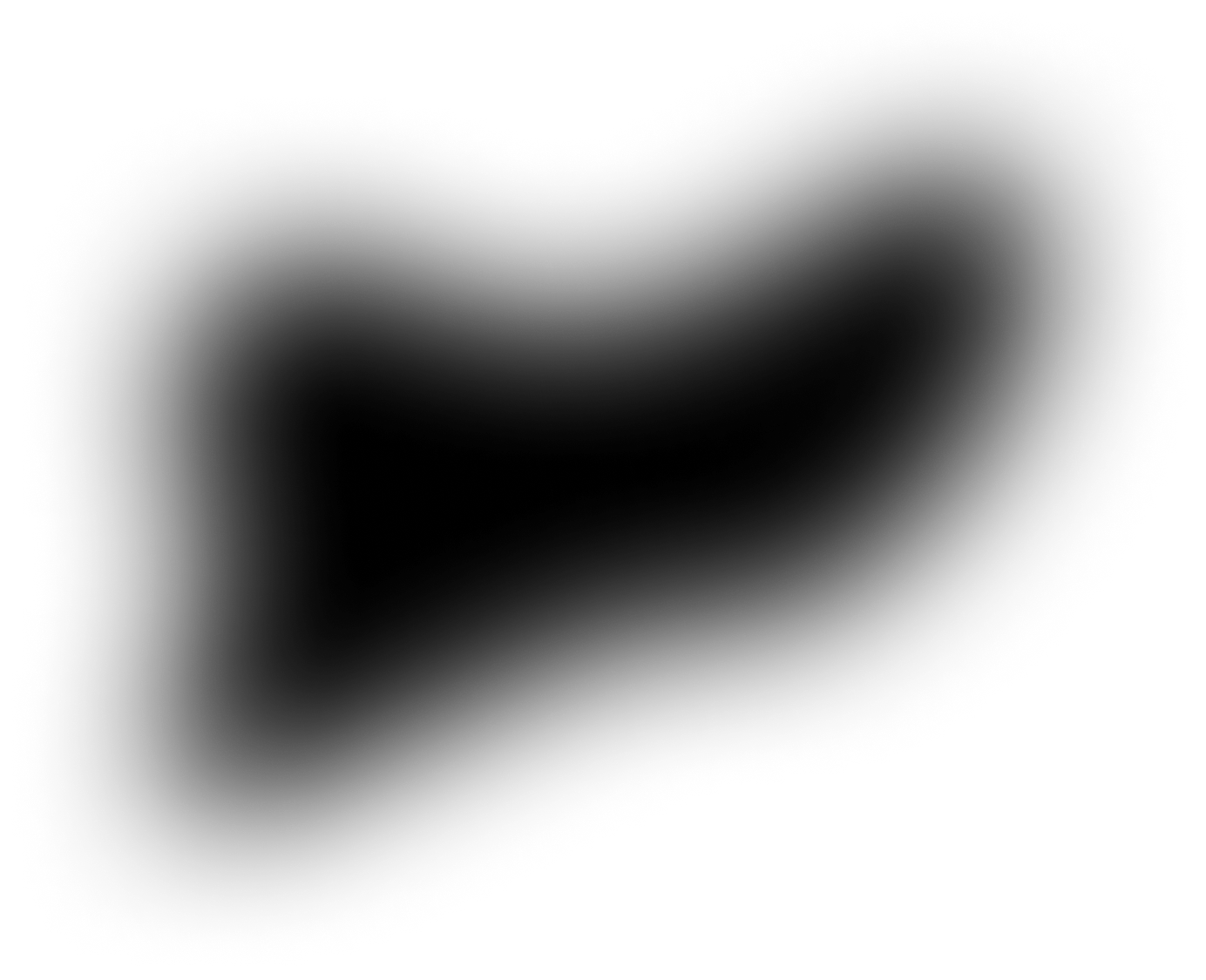



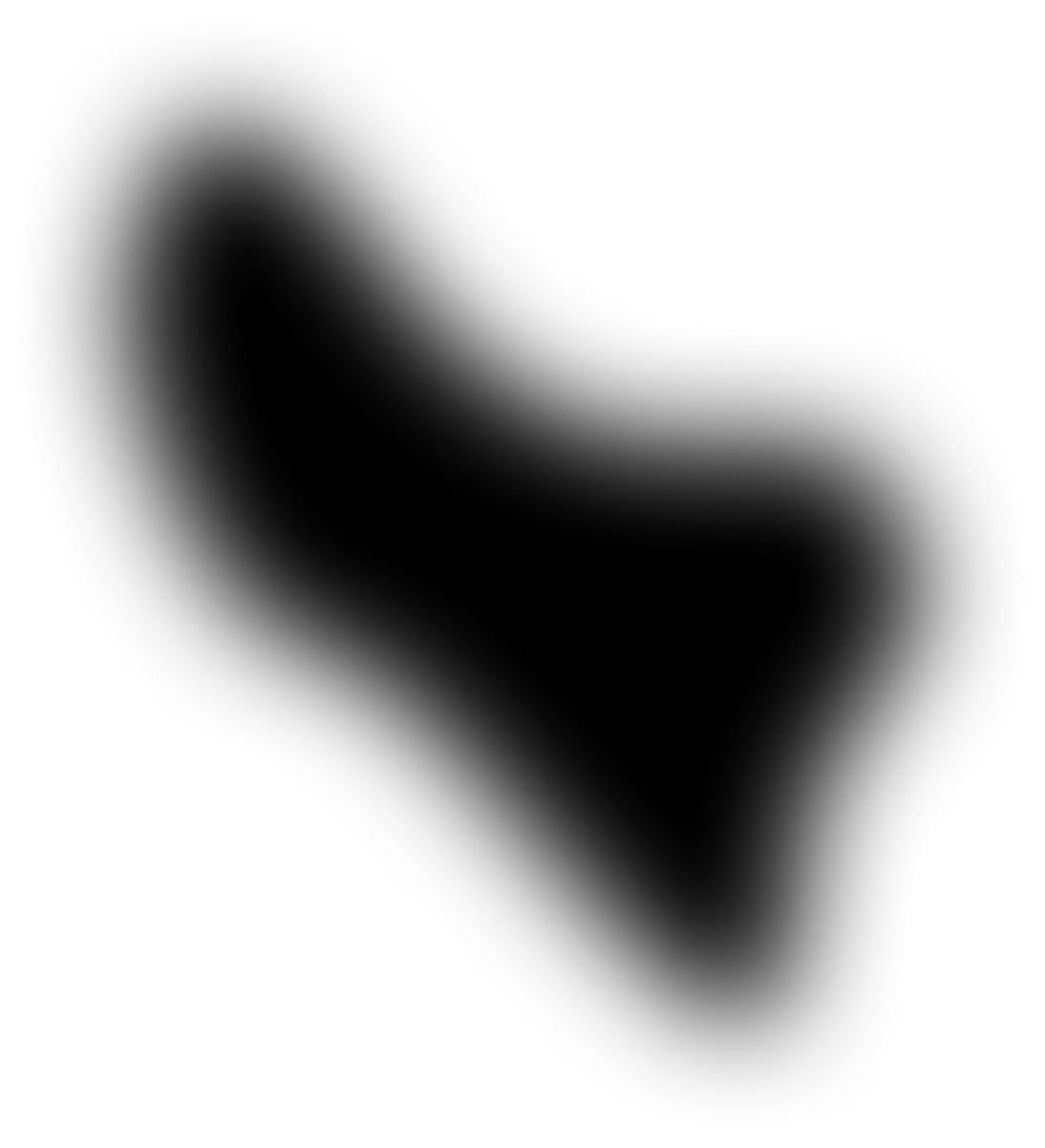
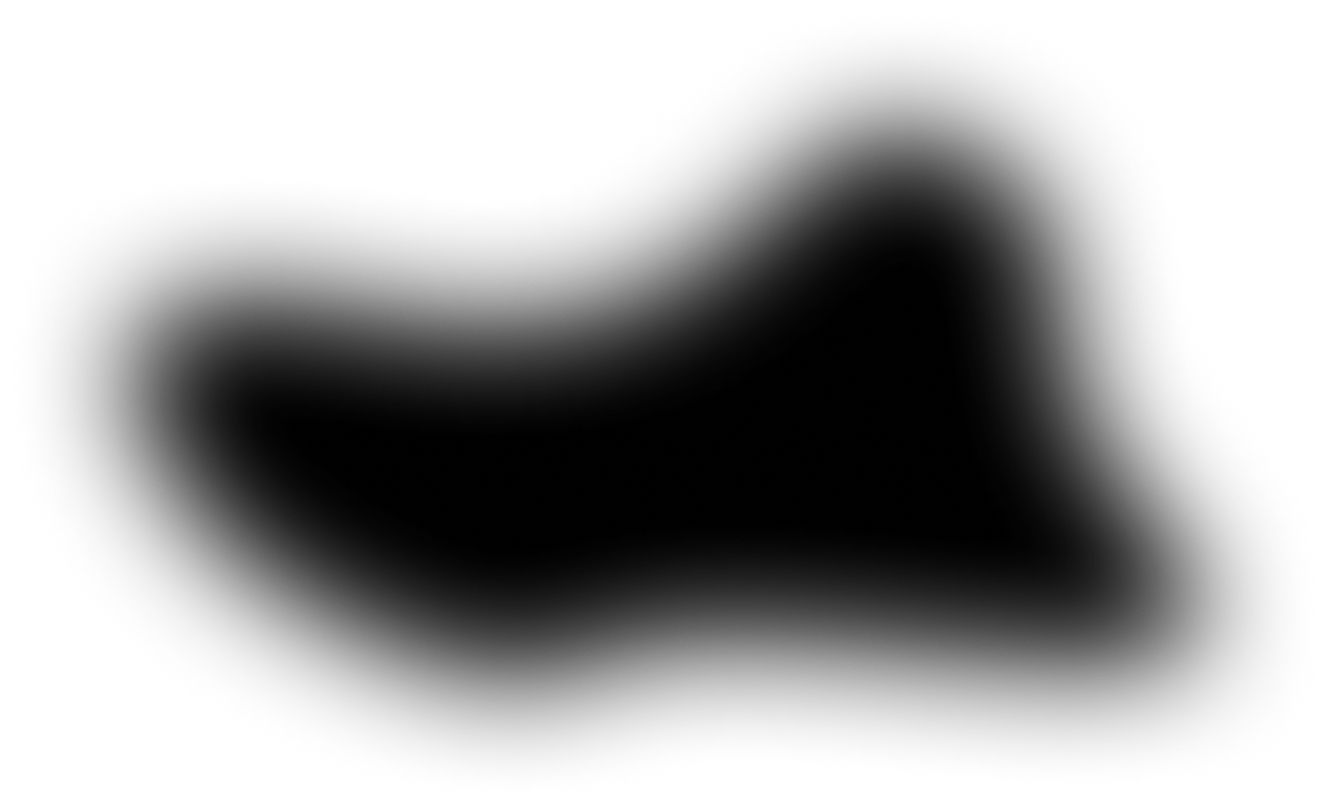
Restoration at Charlemagne’s Palatine Chapel at Aachen began relatively quickly, in 1949. By 1951, all the windows in Aachen’s so-called Glashaus (a fourteenth-century choir borrowed implicitly from Paris’ Sainte Chapelle) received new glazing in a neo-Byzantine type of expressionism, by Walter Benner, and patterned geometric designs by Anton Wendling.
INTERNATIONAL STAINED-GLASS CENTRE, CHARTRES – FRANCE
The Importance
of Medieval Stained
Glass
Since Medieval stained glass windows were made such a very long time ago it is hard to see the significance that they have today. But the truth is they are very relevant because of the huge impact on the brightly colored, modern glass we see today. This era in time not only introduced color into stained glass but paved the way for the later development of many of the same colors we use today.
Moses and the Burning Bush
Westfälisches, Landesmuseum, Münster
Westfälisches, Landesmuseum, Münster
